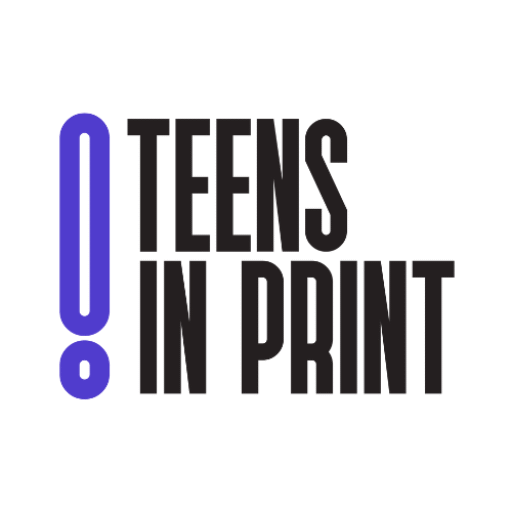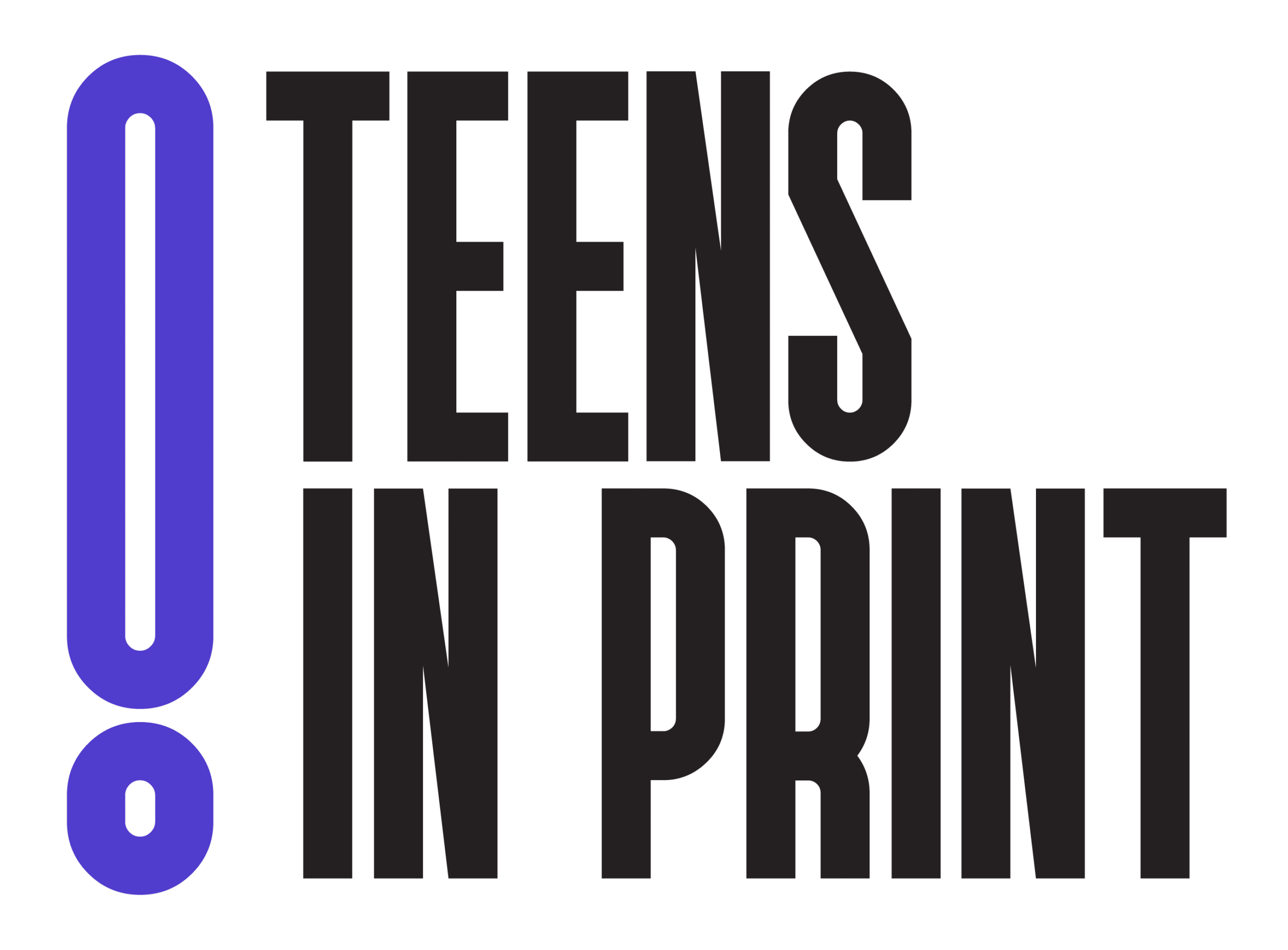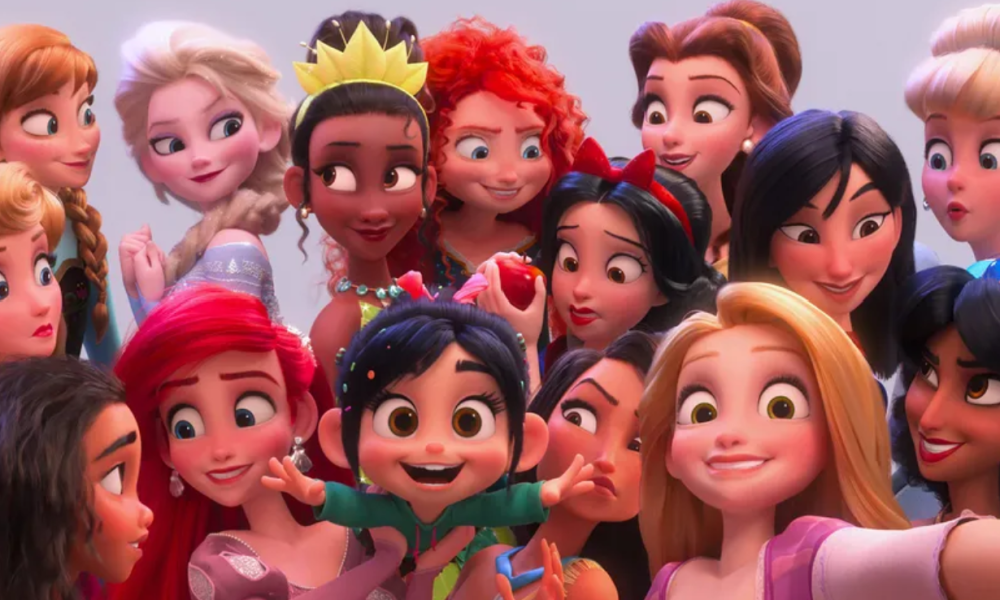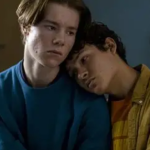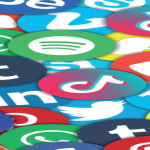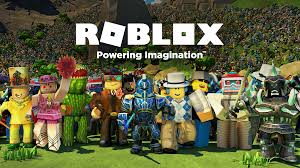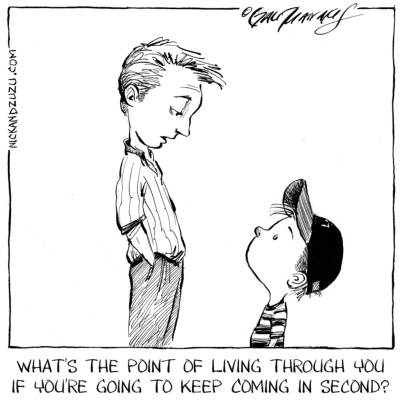The Disney princess blueprint: glorification, exposure, impact
When fiction shapes identity, the consequences become far from magical. Young children are highly impressionable and absorb whatever they are exposed to. From the people they meet in real life, to the things they observe on screen, seeing healthy, accurate, and realistic representations of people who look and act like them is essential for their development. Unfortunately, digital entertainment created around the early 2000s tends to imprint unhealthy standards and stereotypes onto kids. Disney is just one example of the toxic media that young adolescents, specifically young girls are exposed to.
Impressionable girls grow up immersed in the entertainment they consumed, they can develop an unhealthy idea of how they should look, act, and identify. This can cause low self-esteem, disordered eating, unhealthy coping mechanisms, and a toxic understanding of cultural identity. A common stereotype in digital entertainment is gender and the portrayal of women. In early Disney films, women are underrepresented and viewed as less competent than men. According to Tobin et al, “Females are consistently placed in situations where looks count more than brains and helpless and incompetent behaviors are expected.” These portrayals teach little girls to behave in a way that aligns with narrow stereotypes. In addition, Disney’s international audience and immense fanbase makes their impact much greater than other channels. This relevance makes the films with racist and gendered stereotypes impactful on young women around the world.
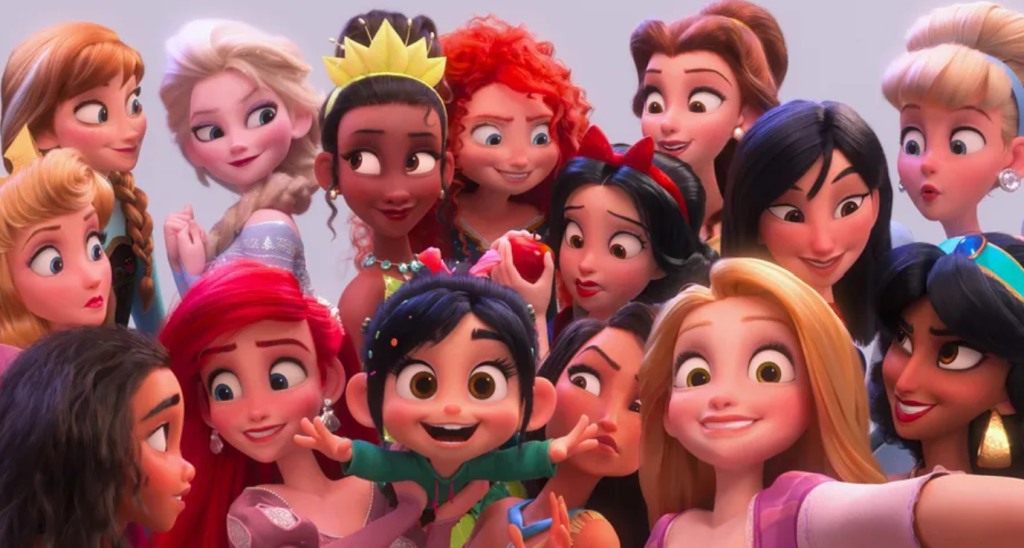
In the moment I never realized the harmful messages I was absorbing and as a black girl growing up watching Disney I grew to love the parts of me that were present in those movies and TV shows, while hating the parts that weren’t. I believed that anything that didn’t align with the Disney ideals needed to be changed or hidden. It wasn’t until two months ago that I realized that it was a toxic mindset and learned to appreciate what I have, and that’s something Disney could have never taught me growing up.
Disney has a legacy of idealizing beauty standards and making appearances central to a character’s value. In “Beauty and The Beast,” Belle was objectified and only noticed for her beauty rather than her brains. Gaston, one of the main antagonists of the story, explains he is in love with Belle because she is “the most beautiful girl in town,” which “makes her the best!” Classic Disney princesses like Belle are pale skinned, symmetrical, and unrealistically thin. In contrast, Disney often relates “unattractiveness” and individualism with villainy. This causes young girls to fear the idea of not conforming to society’s standards out of fear of being vilified. In other films such as “Alice and Wonderland,” “The Little Mermaid,” and “Cinderella,” overweight women are portrayed in a bad light. While conventionally attractive, white girls with pin straight hair and perfect bodies get glorified, the girls with a stomach, tight curls, and “eccentric” features are commonly antagonists. Ursula, for example, is a plus sized aging woman with gray streaks and lavender skin. Her unconventional looks and bold personality is portrayed as unattractive, villainous, and manipulative. These channels that glorify European beauty standards (like Belle), teach girls to obsess over the idea of wanting to appear desirable to the world. This indirectly fuels body dysmorphia and insecurities in young girls.
Beyond physical appearances, Disney also influences how young girls understand self-expression. Over time, these impressional girls can be negatively influenced on what they decide to pursue in life because children’s self-perception is heavily impacted by the certain princess they watch and idolize. The lesson Disney teaches young girls is to be gentle, complacent, and never take up too much space or you won’t appear desirable. In movies such as “The Little Mermaid,” “Pocahontas,” and “Mulan,” the women speak less than 33% percent of the time despite being the leading characters. This exposure to submissive and passive behavior on television has been shown to cause girls to have “low self-esteem and difficulty asserting themselves in social situations.”
Lastly, for many kids, channels like Disney play a major role in shaping the cultural narrative and exposure for adolescents and when Disney portrays and develops characters in offensive ways towards ethnic groups, they are introducing kids to, most likely, their first witness of racial difference. The more that young adolescents, specifically girls of color, are exposed to stereotypes and offensive representations, the more that these kids are likely to internalize this type of behavior before they are old enough to question them. Popular movies like “Pocahontas,” “Aladdin,” “The Jungle Book,” “Peter Pan,” “Dumbo,” and “Lady and the Tramp” embody these “racist stereotypes and overtones” and although in 2020 Disney had added content warnings to warn viewers of offensive material, they have since removed those warnings. This removal suggests the lack of accountability and minimizes the seriousness of the issue, ultimately contributing to exposing young kids to harmful stereotypes.
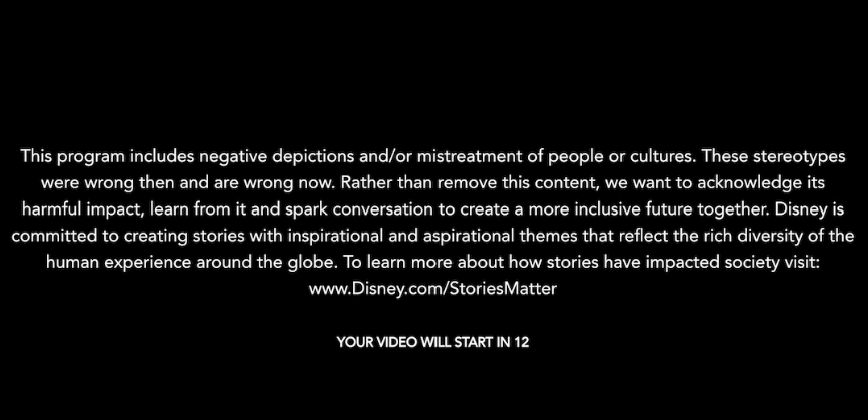
It’s unrealistic to expect people to never watch Disney again. The company has made a lot of positive impacts such as providing role models and fueling creativity, and they are making efforts to develop inclusive and BIPOC narratives. For example, one of my favorite characters is Maleficent, the villan from “Sleeping Beauty,” because her story and character is more complex than just “good” and “evil,” showing that being different doesn’t make someone less worthy. A good solution is to consume media like Disney princess movies, in moderation, and expose kids to more inclusive platforms. Some of these platforms are Netflix Kids with their thoughtful story telling, PBS Kids with their educational and inclusive programming, and digital book platforms, like “Epic!” which has stories with body positive themes that normalize various identities. As long as Disney and the media as a whole take the initiative to continuously be more inclusive, not just to prove a point but to take a stand, then real progress towards an inclusive representation of women will be developed.

